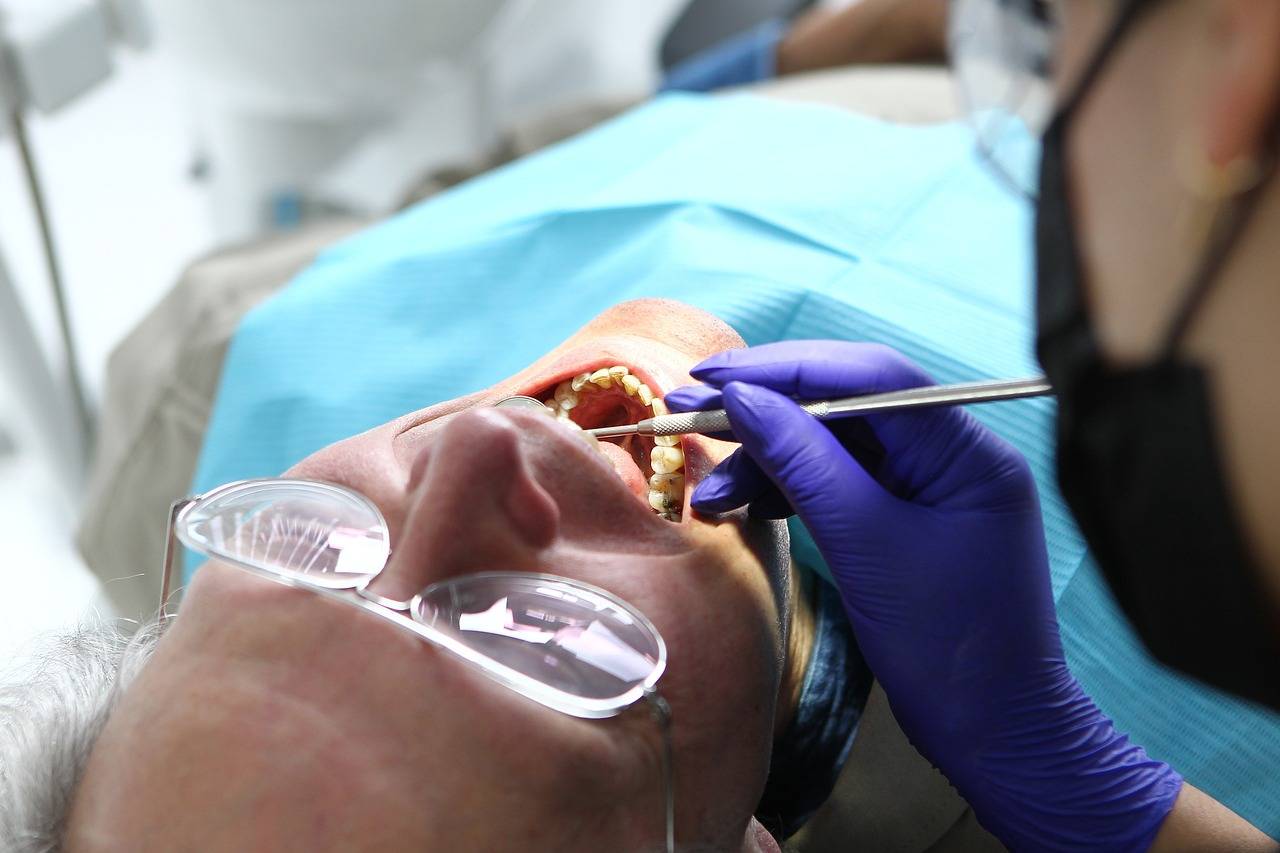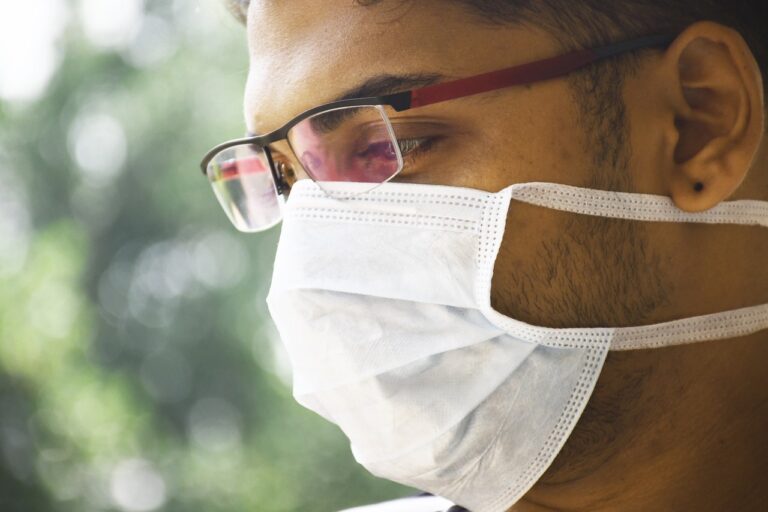The Impact of Environmental Toxins on Health
From the air we breathe to the water we drink, environmental toxins can seep into our daily lives from a variety of sources. Industries such as agriculture and manufacturing release pollutants into the air and water, which can then contaminate soil, water bodies, and food sources. Pesticides used in farming, chemicals in household products, and emissions from vehicles are common examples of sources of environmental toxins that we encounter on a regular basis.
Moreover, the materials used in everyday items like plastic containers, electronics, and beauty products can also harbor toxic compounds that have the potential to leach into the environment. Paints, solvents, and cleaning agents commonly found in households can emit volatile organic compounds (VOCs) that contribute to indoor air pollution. Even seemingly harmless products like candles and air fresheners can release harmful chemicals into the air we breathe, further exposing us to environmental toxins.
How Environmental Toxins Enter the Body
Environmental toxins can enter the body through various routes, with ingestion being a common pathway. Contaminated food and water sources can expose individuals to toxins such as pesticides and heavy metals. Foods that have been exposed to environmental pollutants during the production process can harbor harmful substances that are then consumed by humans.
Another significant route of entry for environmental toxins is through inhalation. Polluted air, both indoors and outdoors, can contain a myriad of toxic compounds such as volatile organic compounds (VOCs) and particulate matter. Individuals who live in urban areas or work in industries where air quality is compromised are particularly at risk of inhaling these harmful substances into their bodies.






